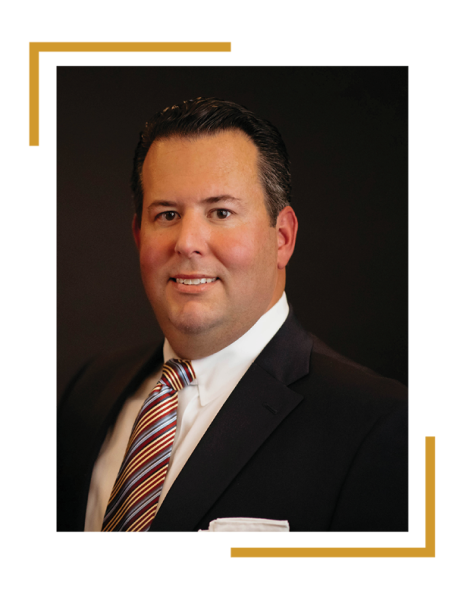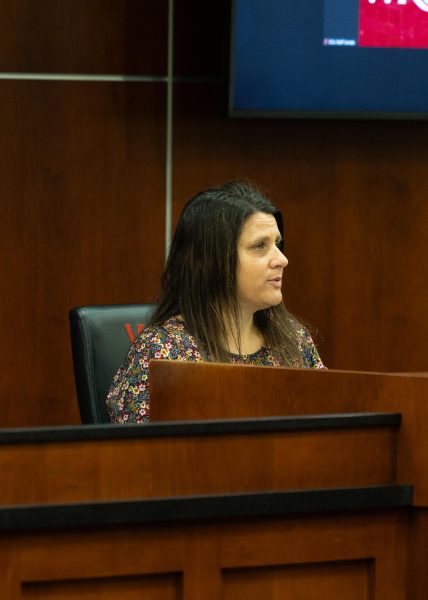Foreign language enrollment drops after change in requirement
January 30, 2018
This marks the first semester since a resolution was passed changing the foreign language requirement at WKU. This resolution, passed in December, allowed students to count two years of study of a foreign language in high school as their modern language requirement at WKU.
Effective through June 2018, this resolution hopes to clear the backlog of around 7,000 students who have not fulfilled their modern language requirement.
The 2018 spring semester has seen changes to the numbers in enrollment in 101 and 102 courses in modern languages. WKU offers elementary courses in Spanish, Arabic, French, German, Chinese, Japanese, Korean, Russian, Latin and Greek.
Department Head of Modern Languages and German professor Laura McGee said the biggest changes in enrollments came from French, German and Spanish—languages she said most students took in high school.
McGee estimated that the drop in introductory Spanish courses was around 60 percent from last year.
“Quite a few [professors] said they had a really good group of students with those students who chose to stay,” McGee said. “They genuinely want to learn the language and that’s contributing to a more energetic learning environment.”
Most courses are smaller, which she said is better for learning, as there is more “professor-to-student interaction.”
McGee said the department has been asked to come up with a requirement that can accommodate their staffing.
“If we continue our language requirement like we had in the past, we want more students to test out if they can, because the majority of students who come to WKU have had the pre-college curriculum,” McGee said.
Jeffersonville, Indiana, junior Jessica McCormick said her high school experience studying French only further encouraged her to pursue the language at WKU. She said her knowledge of the language grew exponentially once she began taking courses at WKU.
“Some people don’t understand the importance of a foreign language,” McCormick said. “I think it makes students more well-rounded, well-cultured, and they can come out of college with a better set of skills.”
For the introductory Spanish courses 101 and 102, there are a total number of 374 seats available, according to class options on TopNet. As of Jan. 28, only 159 of the total 374 seats were filled.
Numbers were similar for other languages such as French and Arabic. Out of the 168 total seats for introductory French, only 75 were filled. Arabic had 127 open seats with 44 filled.
Student Government Association President Andi Dahmer has a major in Spanish and is studying Chinese independently. She said she feels very disappointed about the requirement change from a personal perspective and felt as though there are other solutions to resolve the problem.
“It’s vital to know a language beyond a high school requirement,” Dahmer said. “Especially if you’re considering beyond post-secondary education, it’s an important thing to have on your transcript.”
The resolution is in place until June 2018, and Dahmer said while she “can’t speculate” the effects that a drop in enrollment could have for classes this year, she hopes the numbers will come back.
Dahmer said she has heard other students are disappointed in the change, especially those who have studied abroad and understand the value of knowing multiple languages.
“It’s a stark comparison comparing language curriculum in the United States to other countries abroad,” Dahmer said. “A lot of students here don’t attain language proficiency in a language other than English here, while many in other countries can speak up to three with some proficiency.”
News Emily DeLetter can be reached at 270-745-6011 and [email protected]. Follow her on Twitter at @emilydeletter.
























